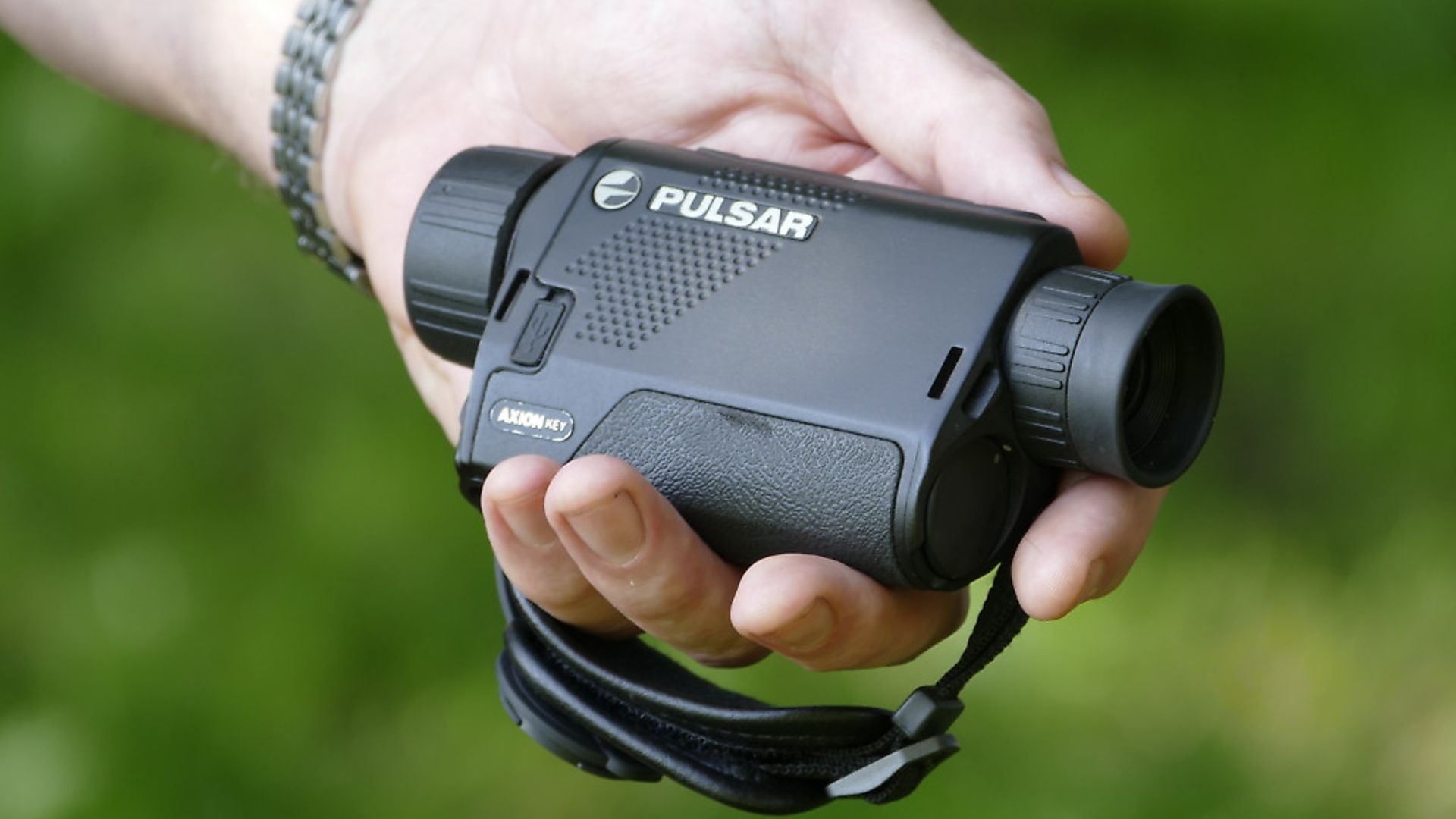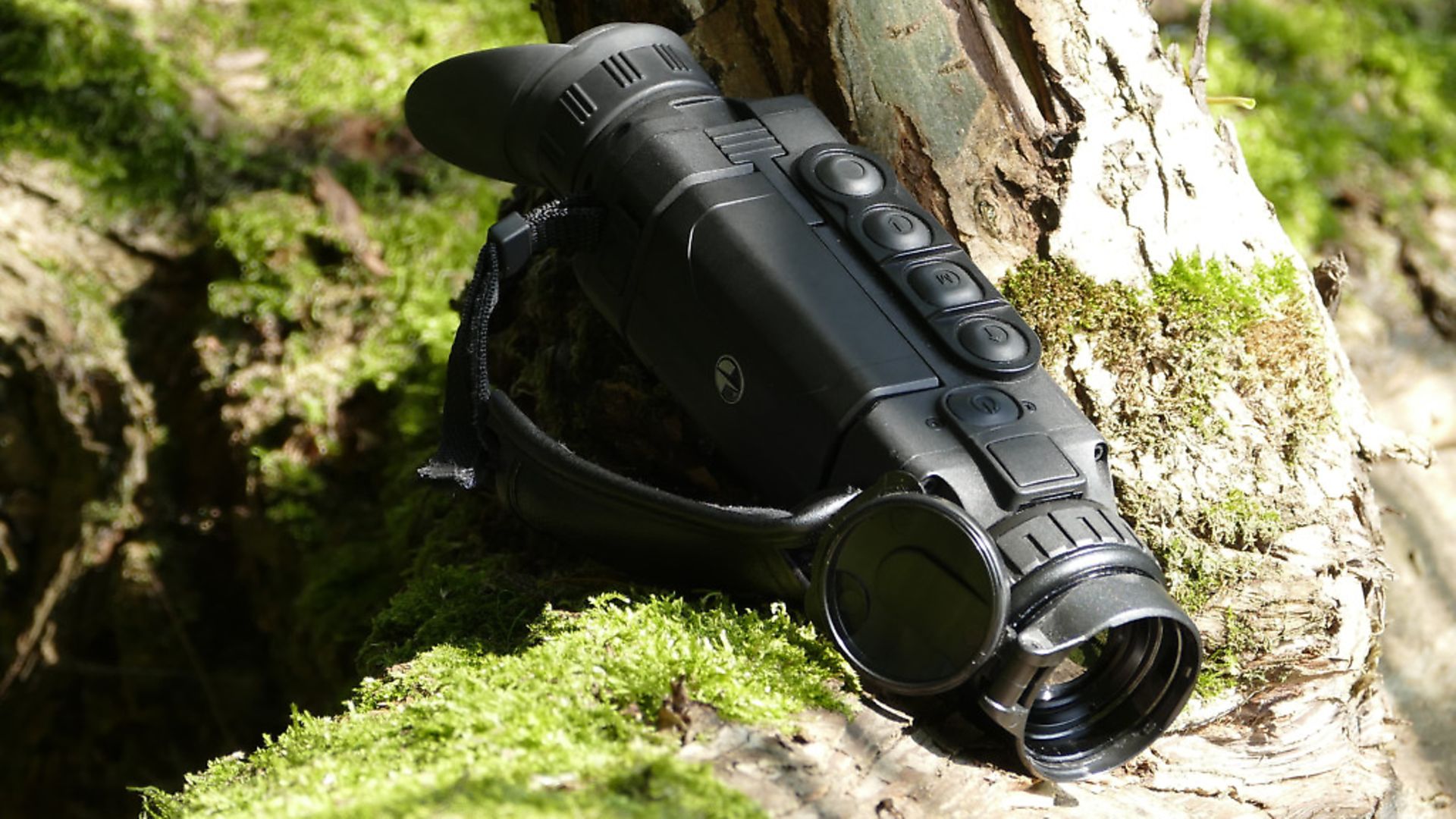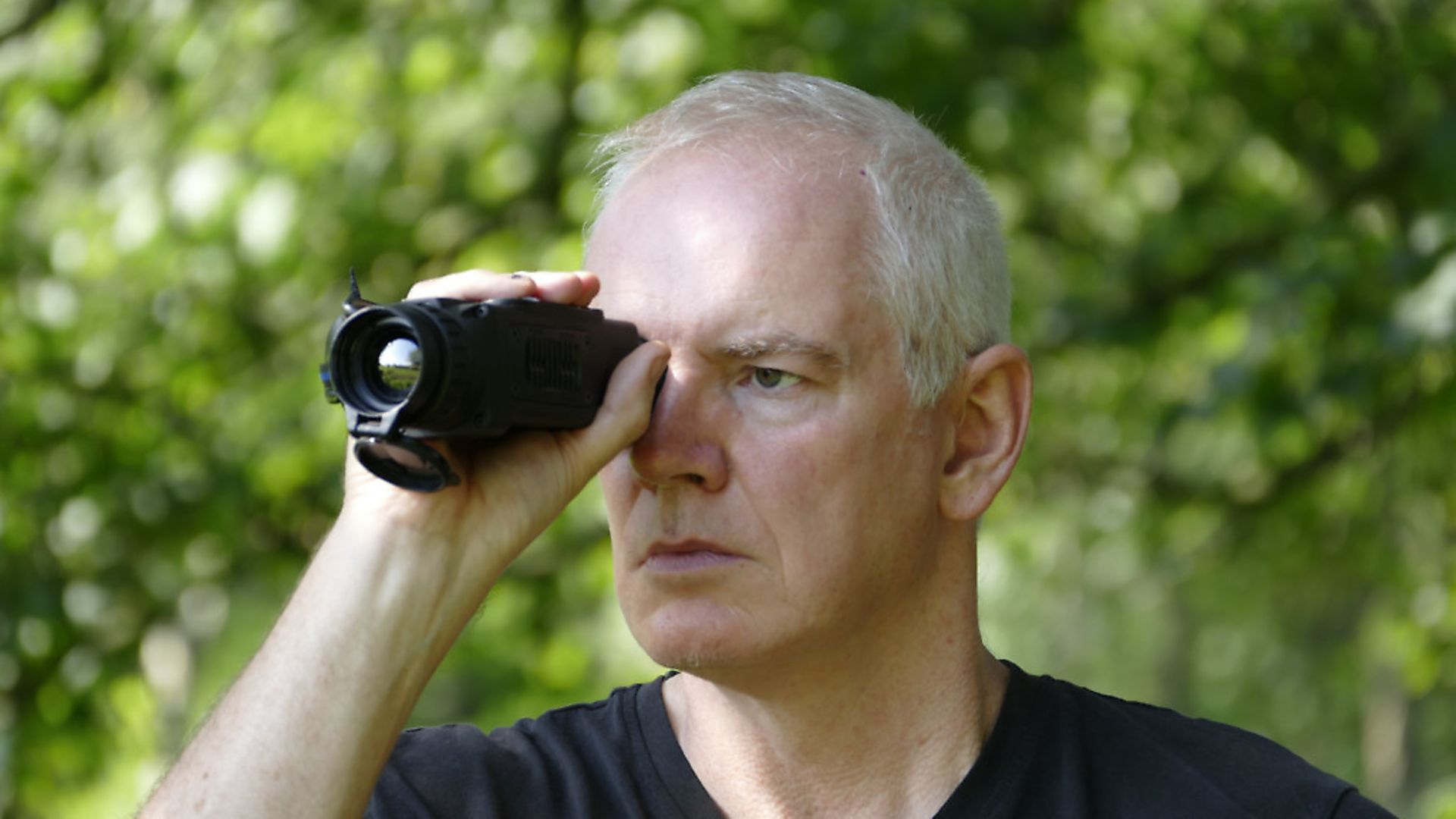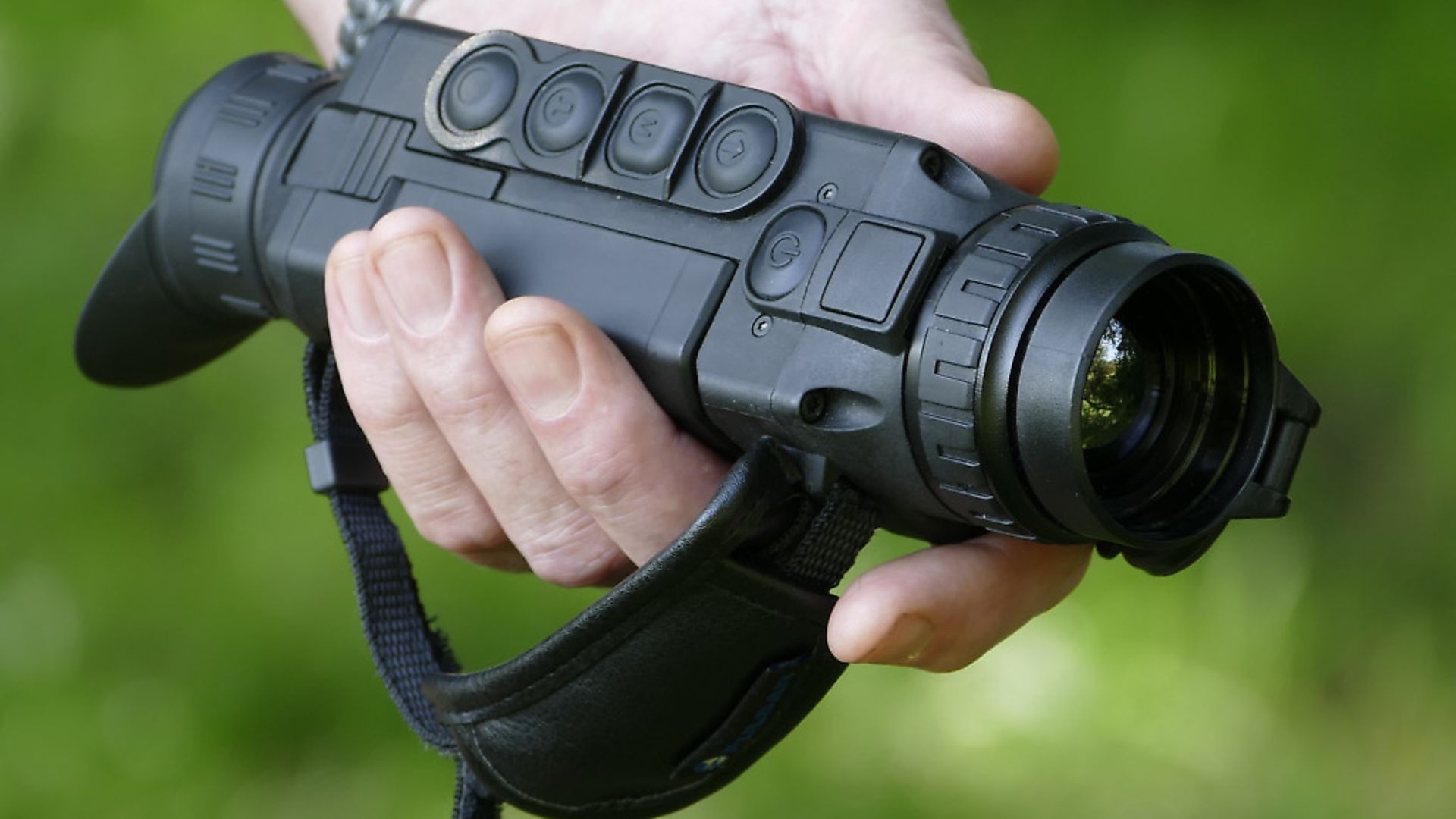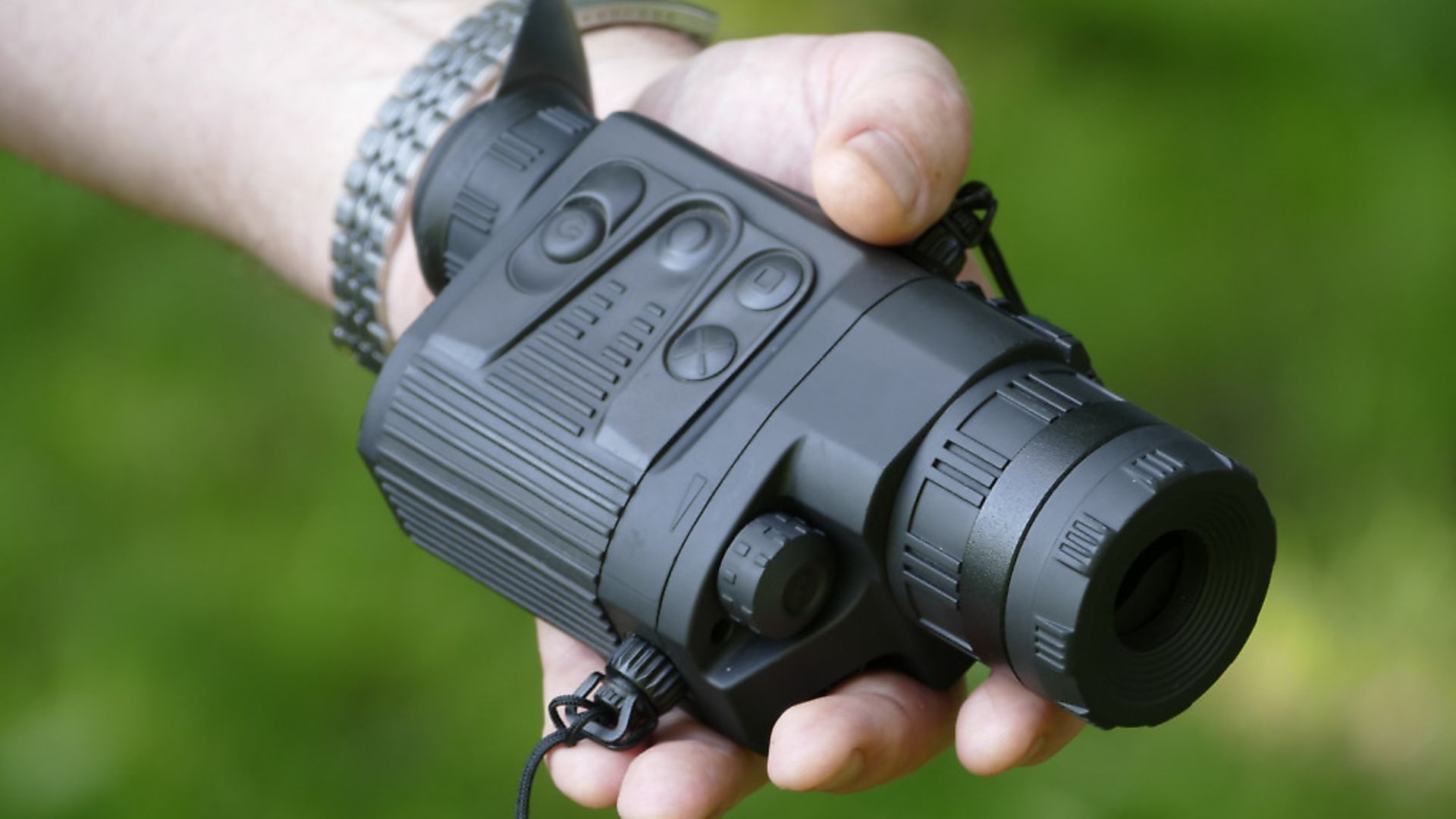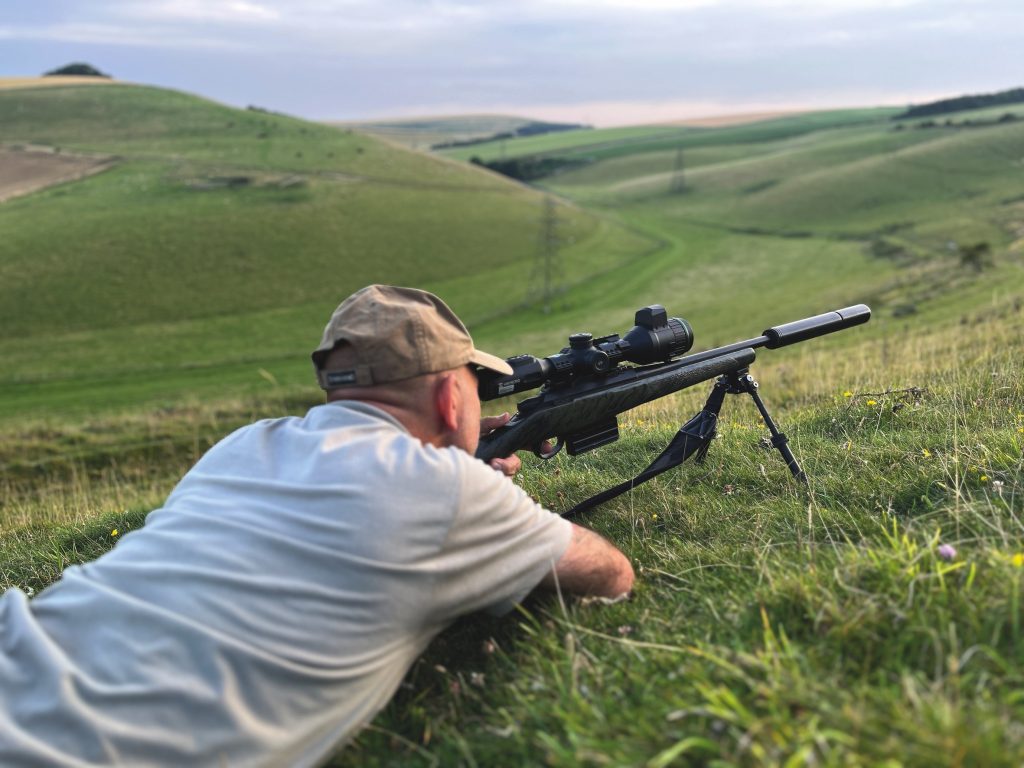Which thermal spotter should I buy?
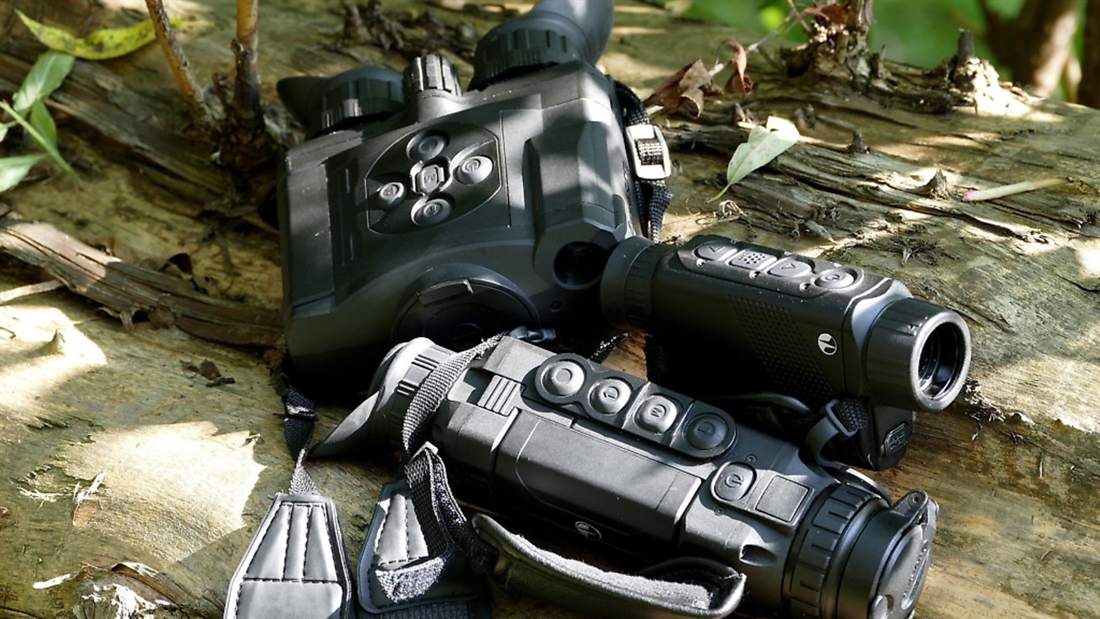
Editor Paul Austin takes a long hard look at thermal spotters and asks… what is the best option for your style of shooting and bank balance?
Sat on a hillside overlooking a valley on a perfect thermal evening (more on that later) it’s hard to overstate the impact or appeal of thermal.
When it comes to game-changing technology, I don’t think there’s anything that has made such a dramatic difference to my shooting, day or night. When thermal initially arrived the less-than-inspiring image quality combined with the toe-curling cost made it easy to discount. The technology matured and the cost decreased. Many, myself included, finally biting the bullet and coughing up the cash for what I’d call a first-generation thermal. Pulsar’s Quantum Lite in particular was responsible for bringing thermal to the masses, which became a ‘never leave home without it’ addition to the kitbag. Back on hillside, with the Accolade in hand, it’s clear that second-generation thermal has definitely arrived; it’s at a cost, admittedly, but you certainly can’t argue with the quality.
Below me lay two large ponds and, in adjacent paddocks, rabbits, sheep and horses festooned the fields. Bunnies easily identifiable out to 200m, as were the rest of the menagerie as far as the terrain would allow. A few lone bunnies appeared as undefined blobs at 800m+ as the adjacent land stretched out to the horizon.
We were on the lookout for foxes, but to be honest I was just enthralled by what I saw: pitch black to the naked eye, but a sea of nocturnal life through the thermal. Bats picking off insects over 100m away above the ponds. Even the ripples on the water were clearly visible as a gentle breeze blew across the water. I was basically looking at a beautiful inverted black and white TV picture from back in the day.
Never has there been a better advert for a hi-res thermal spotter, but the reality is that thermal in all its forms is essentially a detection tool. Yes the image from the Accolade is stunning but the real question is, does all that extra resolution and detail actually put any more in the bag? It’s a lovely bit of kit, but do you actually need it?
Mono or Bino?
A binocular thermal design was the preserve of super high-end systems in the past. To be honest, that’s still the case with LRF Accolades retailing around 5k, but that’s a major saving over state-of-the-art bino set-ups from other manufacturers. Although ergonomically familiar to many, they do have some definite drawbacks for certain styles of shooting. If you’re after deer, they’re ideal, with familiar handling and easily the best image quality available, making them ideal for any well-heeled stalker. If I was out stalking and was offered a straight choice between the binoculars of my choice or the Accolades it would be an instantaneous no-brainer with thermal winning all day every day.
Obviously, deer stalking is a daytime pursuit and with detection ranges of maybe a couple of kilometres and positive IDs on larger species way beyond the distance you’re ever likely to shoot, the Accolade’s would win hands down.
The ability to instantly detect deer or at least part of them, in dense cover, on rough terrain or in woodland would simply offer so many more stalking opportunities. That’s the real beauty of any thermal; they give you that awareness of an opportunity. It may not be a positive ID initially but it’s often more than enough to warrant further investigation.
Shooting set-ups
The binocular design can fall down after dark especially with certain shooting set-ups, probably the most unsuitable combination being a long-range lamping rig. I know many foxers, myself included, that still use a day scope and lamp alongside a thermal, but for me it has to be a monocular in order to make the set-up work effectively. Basic functionality is simple: you spot with your weak eye, retaining all your night vision in the dominant one ready for when it’s time to make a positive ID. The brightly lit screens of a bino thermal rob your night vision in both eyes, thereby stealing that clarity and contrast that’s so essential when lamping.
If you’ve abandoned lamping and are fully digital with a digiscope/thermal/IR rig on your rifle, retaining your nightvision isn’t quite such a priority, as the exposure to the screen on your scope is pretty much guaranteed to kill the night vision in your dominate eye anyway. Even so, there’s still a price to pay for all that artificial illumination. As any regular night shooter will know, when you first step out of a vehicle, even on a moonlit night, it can appear pitch black until the rod cells in your eyes kick in. An hour or so later, what initially looked pitch black can often be transformed into a near daylight scene simply by the natural adjustment of the eyes.
If you’re camped out with a caller or in a fixed position, losing your night vision isn’t a huge issue. You have the thermal to spot and your digital/IR scope to take the shot. However, if you’re like me and often rough shoot, losing your natural night vision can be a problem, especially when it comes time to relocate. You don’t want to break out a torch for obvious reasons, but you’ve essentially blinded yourself with the scope and thermal binos. Not an ideal scenario if you’re walking on rough terrain after dark. Losing night vision may well be a price many will be happy to pay and if you shoot from or off the back of a vehicle predominantly (where light pollution is ever-present) the benefits of a binocular design may well still outweigh the downsides in terms of night vision loss if you’re running a fully digital set-up.
Image Quality
If you try any thermal at a show, they all look pretty impressive; it’s only when you’re out in the field that the strengths and weaknesses really start to appear. The problem is all the stuff quoted on the back of the box of any thermal is usually true. Yes, you can use them in any weather, day or night, rain or shine, in cover or out in the open they will ‘detect’… but there’s a world of difference between detection and identification.
Critters of all kinds light up like Christmas trees but often getting a clear picture of the environment is equally important. The smaller the sensor and accompanying objective lens, the harder it is to make accurate identification, especially if the weather is inclement. It’s actually the moisture in the air that often differentiates between a blob in the distance and a bunny. A bad thermal night is invariably the result of high moisture content in the air. This can be the traditional kind (we call it ‘rain’ in the business), but it doesn’t have to be raining to ruin the image. Moisture particles in the air, whether it be foggy conditions or just a very damp clear air have a huge impact.
It’s all about the temperature differential in the scene. Damp air of any kind flattens the image and that’s where the higher resolution of a 640×480 sensors and superior glass come into their own.
During the testing my shooting buddy and I took the three units out on what could only be described as a truly awful thermal night. It rained sporadically all evening and the air was thick with moisture – the smaller sensors and lens suffered accordingly. The Axion in particular showed very little ground detail. Its detection abilities remained the same, warm bodies stuck out like a sore thumb but the image itself was very flat, really lacking contrast and detail. The Helion with its 384×288 sensor faired better with cleaner gradients, courtesy of the more powerful on-board processing and a superior lens, but in terms of overall image quality it was definitely a case of detect rather than ID.
The real revelation was the 640×480 sensor in the Accolade LRF. To be honest, I’d been struggling to justify the expense of the Accolade. Yes, the image quality is superb, it has faultless functionality and a built-in range finder to boot, but even so, five grand… Seriously?
It was on this truly awful thermal evening that I finally realised where the money was going. The others, including my trusty old Quantum Lite, were really struggling. The Accolade on the other hand barely changed in terms of image quality; it was shockingly good even in truly awful conditions and that above all else should be the factor that guides your decision to save up and opt for a 640×480 sensor.
On a good thermal evening, with very little moisture in the air, even the dinky little Axion will pick out a target for you and provide an overview of the environment as a whole. However, if you regularly shoot in soggy and damp moisture-laden conditions, a 640×480 sensor really comes into its own, suddenly making that extra expense worthwhile, whether it be in the binocular design of the Accolade or the monocular layout of the 640×480 equipped XP Helion.
Spotter & Scope
Is that a rabbit at 150m or is it a ewe hunkered down in a hollow? Mistakes have been made and that’s the issue for me regarding fully thermal shooting systems. It’s also a matter of environment. I tend to shoot in very varied and often cluttered environments where bullet path, or lack of it, plays a large part in shot selection. Shooter experience also plays a huge part to play in correctly identifying targets. A large cat and a small fox can look very similar at distance but if you’ve studied your pray the gate of the animal alone is often enough to clarify exactly what you’re looking at. It’s static targets that often prove the most challenging even with a 640×480 sensor. Arguably the nature of the shooter is also important. I’m pretty boring and methodical when it comes to my shooting. I have to be 110% certain and I’m more than happy to pass on a shot that offers even the slightest hint of speculation. I shoot around farms, often in fairly cluttered semi-rural locations, where you simply can’t afford to take even the slightest risk. If you’re a steady shooter and are lucky enough to be out in the boondocks where shooting decisions are more straightforward going fully thermal may well appeal but for me a least the technology isn’t quite there yet for long range shooting. The Thermion rifle scope featured in this issue looks like a stunning piece of kit but for me thermal scopes are still primarily a close range alternative to traditional scopes, binos, IR rigs and lamping.
Axion
The Axion is tiny, about the size of a rangefinder, easily fits in a pocket and weighs next to nothing. There’s 3 varients in the range with the unit on test being the Axion Key which doesn’t have the streaming and video recording options of it’s two more expensive siblings but as a small go anywhere unit it’s a great little device in decent conditions. Unlike it’s counterparts it has a 960×720 LCOS screen rather than the 1024×768 offered on the XM30 and XM38 but to be honest I have no complaints about the image itself. The only thing I didn’t enjoy about the Axion was that the display seems buried fairly deep into the device which makes it appear rather small and distant from the eye.
In my opinion the default mag of 2.5x is the best of all Axion 3 models, as it provides a wider field of view when scanning. It’s easy to operate with all the controls up top. My only complaint would be that the unit is perhaps a bit too small for larger or gloved hands. The combination of a small lens and the 320×240 12um sensor does mean it suffers when conditions are poor but as an every day carry detection device it’s a very handy piece of kit, ideal for ratting, rabbiting and close range foxing.
Supplier: Thomas Jacks
or
RRP: £1,269.95
Helion XQ38F
The Helion XQ38F is the entry level unit in the Helion series with a 384×288 sensor it doesn’t have the resolution of the 640×480 XP models, but it doesn’t have the price tag either. The basic image quality is the similar with the same smooth gradients and lack of pixelisation found on first generation thermals like my Quantum Lite.I may be wrong but I suspect the processor found in the Helion range has a lot to do with the improved image quality. Hard edges are very slightly soft which leads me to believe there’s some kind of real-time noise reduction going on which would account for the smooth gradients and improved image quality in relation to the first generation image quality of the Quantum.
The slightly larger sensor and lens helps out when conditions aren’t ideal but it does suffer from a drop in contrast when there’s excessive moisture in the air. It has all the whistles and bells of the Helion range with built-in video recording, streaming, PIP displays and whole host of colour schemes.It’s ideal for anyone who wants the extra features of the Helion range but doesn’t have the budget, or perhaps doesn’t have the need, for the extra resolution of the 640×480 XP sensor.
Helion XQ38F
Supplier: Thomas Jacks
or
RRP: £2,249.95
Accolade LRF
The best advice I can give you regarding the Accolade LRF, or indeed the XP Helion monoculars is simple this – don’t pick them up unless you’ve got the money to buy one. The extra resolution is addictive, you may not need it but by god you will want it. It’s a beautiful piece of equipment – as it should be for this kind of money. The built-in laser range finder is just the icing on the cake for what is a truly state-of-the-art piece of kit. It produces stunning high contrast images no matter what the conditions and that’s its real strength and also where your money is going. If you’re very serious about your shooting and you do a lot of it during the day and in damp and drizzly conditions it’s worth saving up for. But for the love of god don’t tell your other half what you paid for it!
Accolade LRF XP50
Supplier: Thomas Jacks
RRP: £5,199.95
Related Articles
Get the latest news delivered direct to your door
Subscribe to Rifle Shooter
Elevate your shooting experience with a subscription to Rifle Shooter magazine, the UK’s premier publication for dedicated rifle enthusiasts.
Whether you’re a seasoned shot or new to the sport, Rifle Shooter delivers expert insights, in-depth gear reviews and invaluable techniques to enhance your skills. Each bi-monthly issue brings you the latest in deer stalking, foxing, long-range shooting, and international hunting adventures, all crafted by leading experts from Britain and around the world.
By subscribing, you’ll not only save on the retail price but also gain exclusive access to £2 million Public Liability Insurance, covering recreational and professional use of shotguns, rifles, and airguns.
Don’t miss out on the opportunity to join a community of passionate shooters and stay at the forefront of rifle technology and technique.



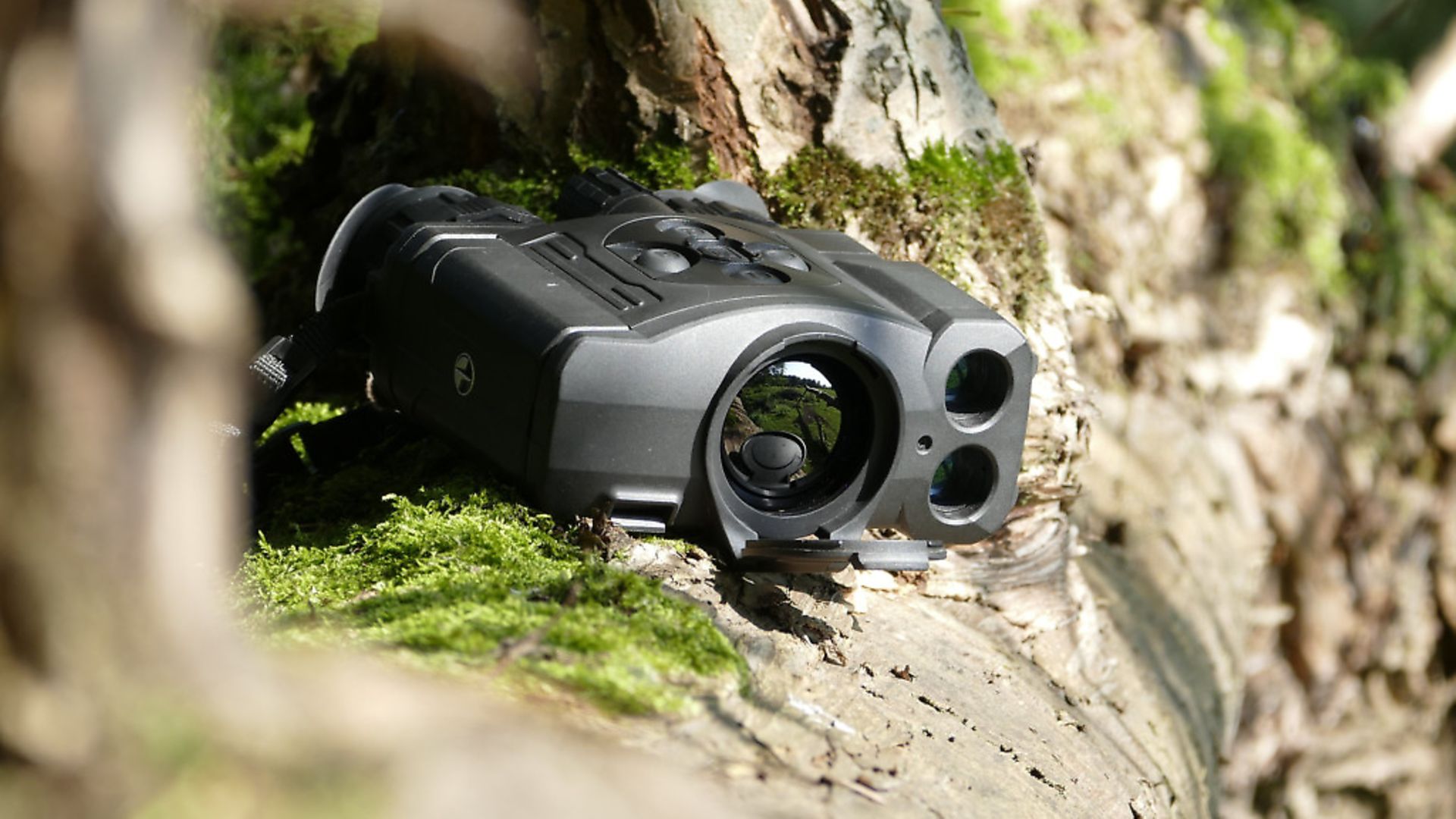
![[Alternatve image for AccoladeSolo.jpg] Accoladesolo2](/app/uploads/sites/5/2025/01/accoladesolo2.jpg)
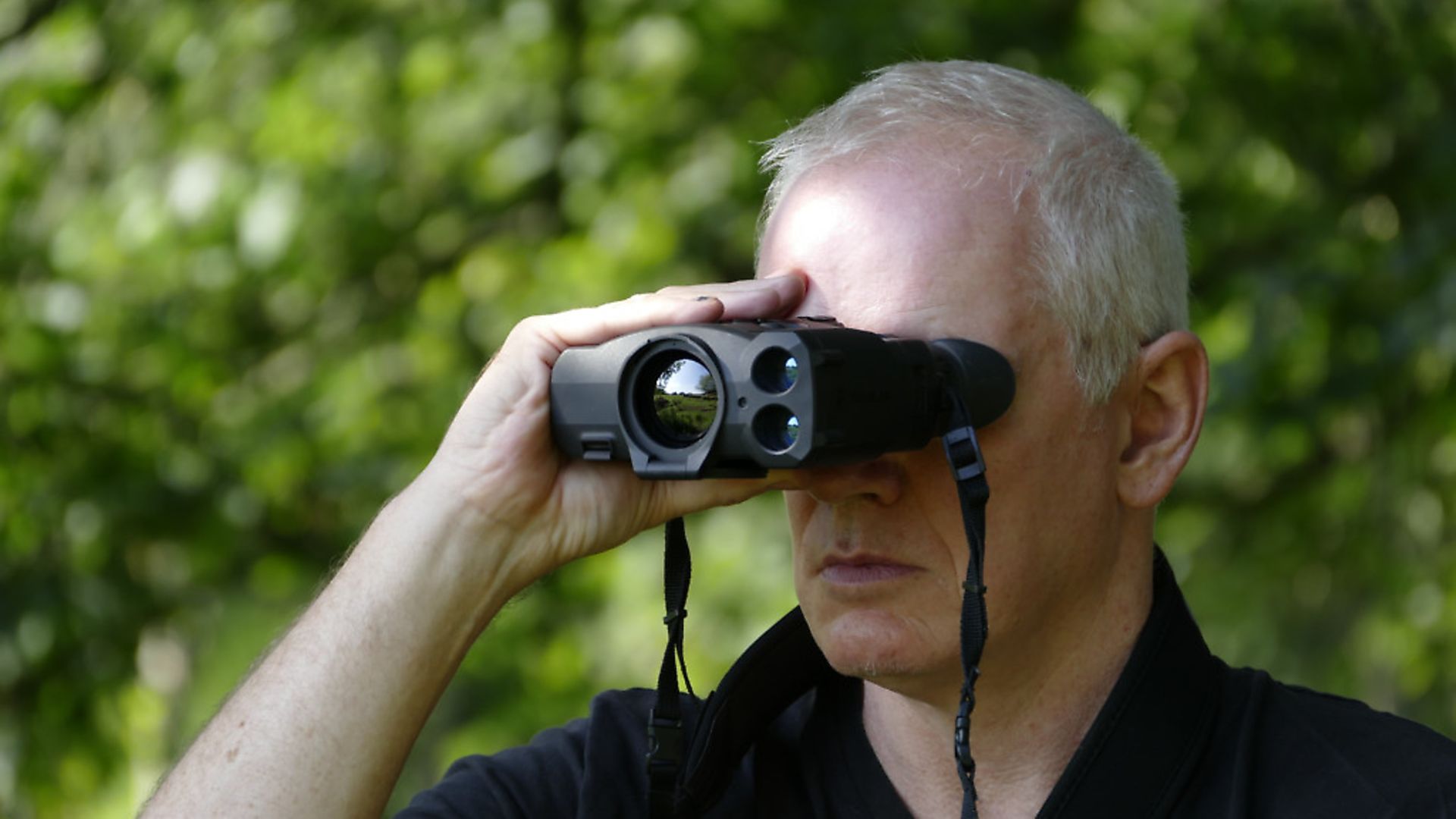
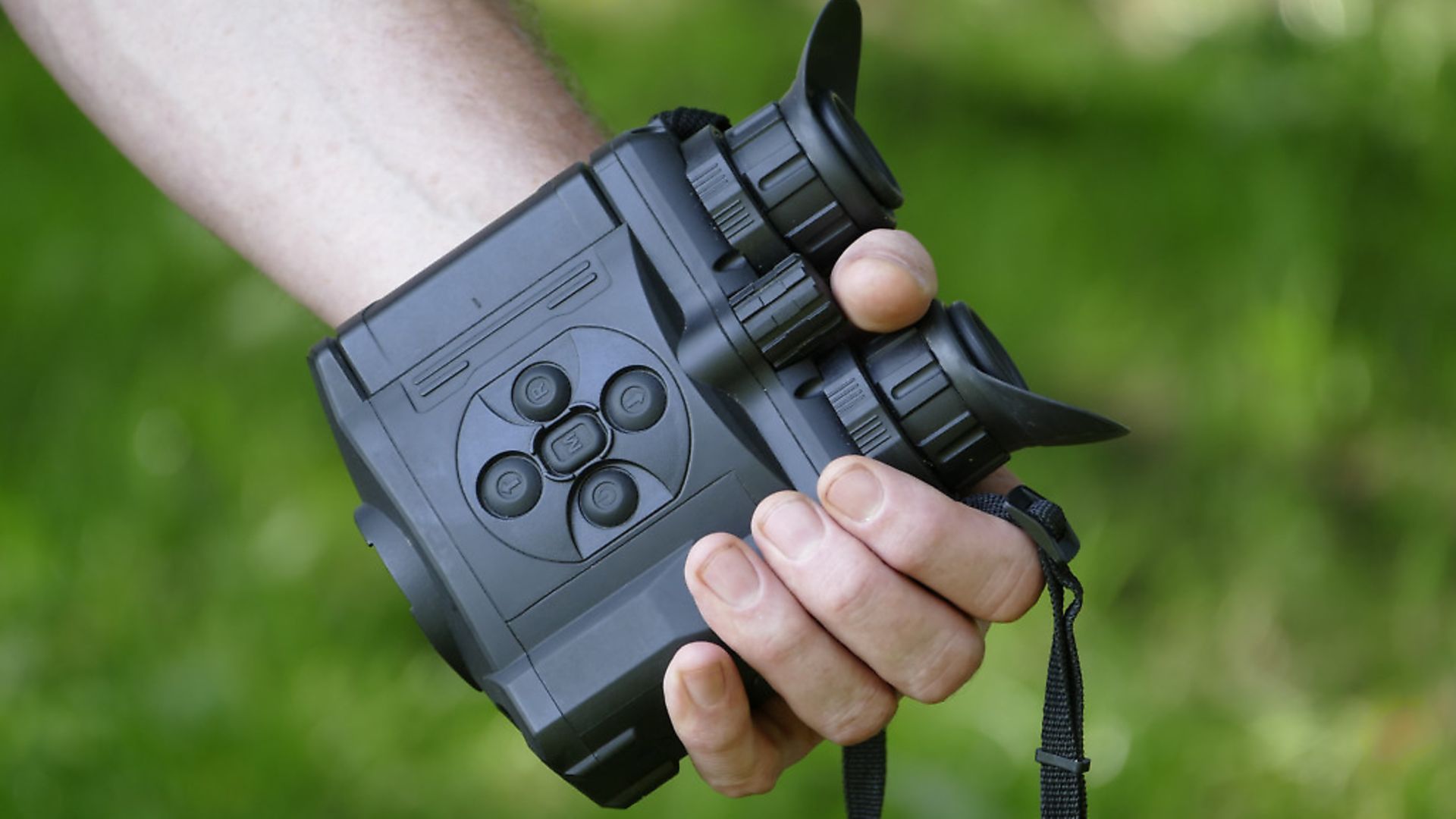
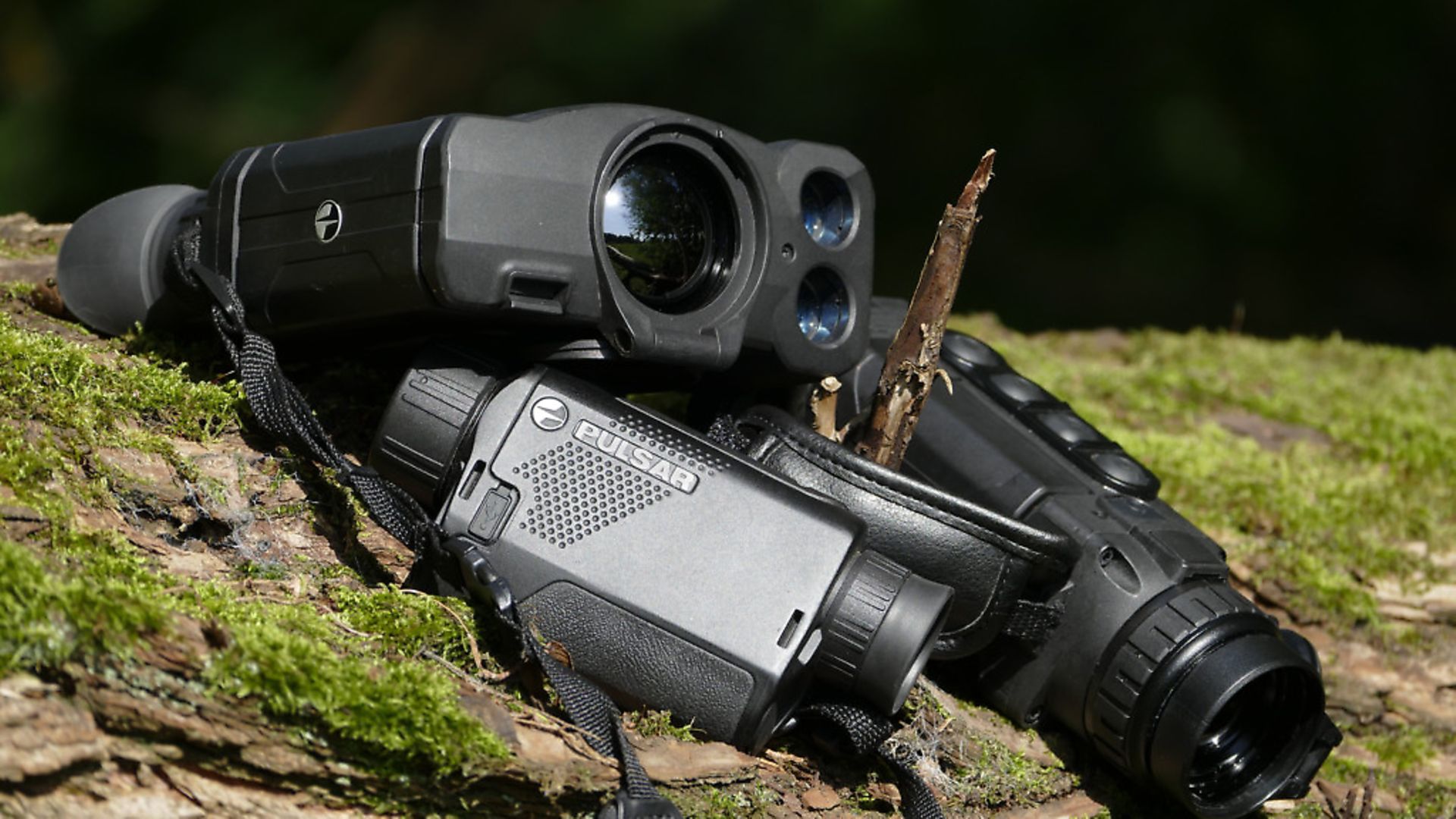
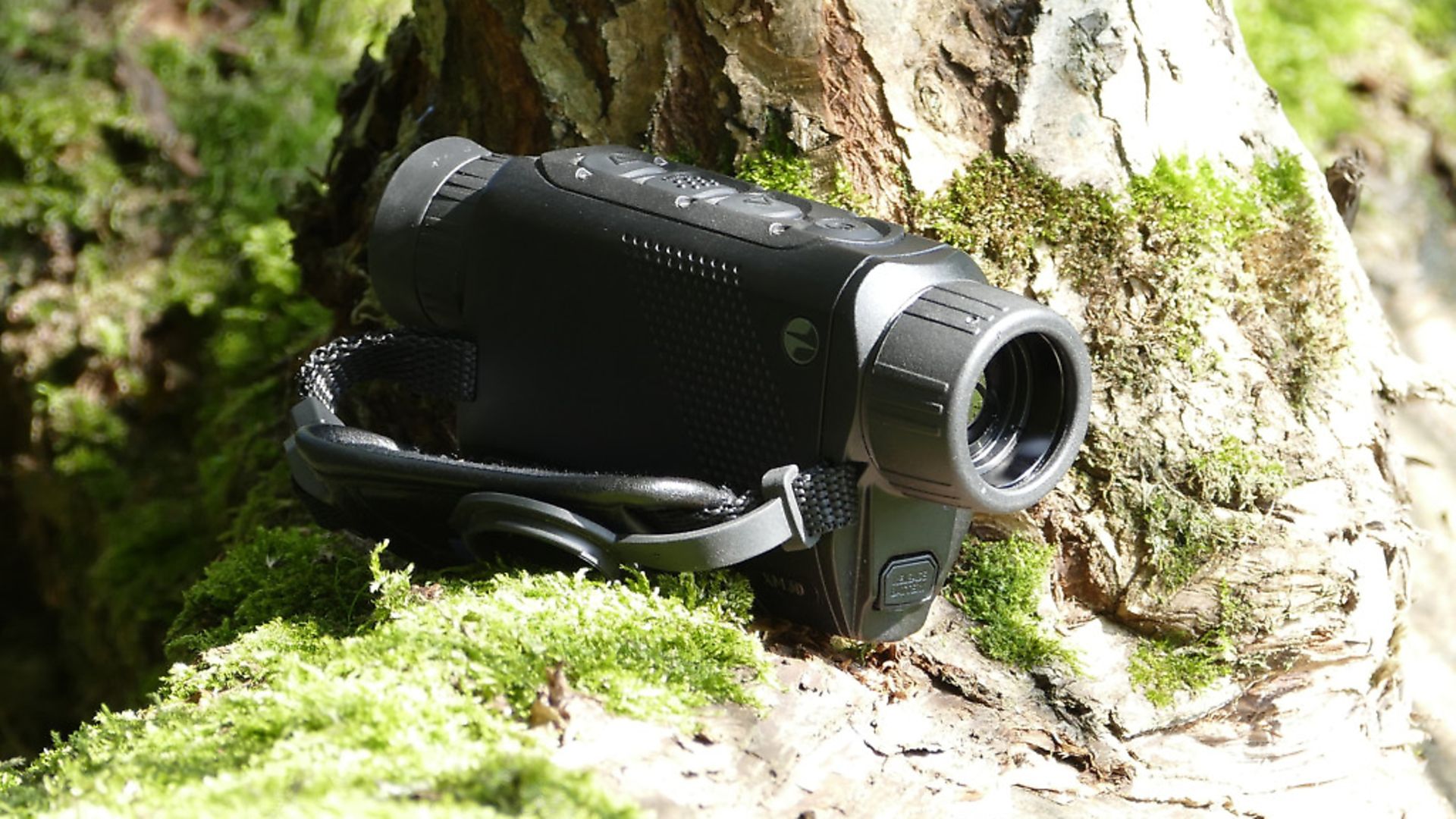
![[Alternatve image for AxionSolo.jpg caption] Axionsolo2](/app/uploads/sites/5/2025/01/axionsolo2.jpg)
